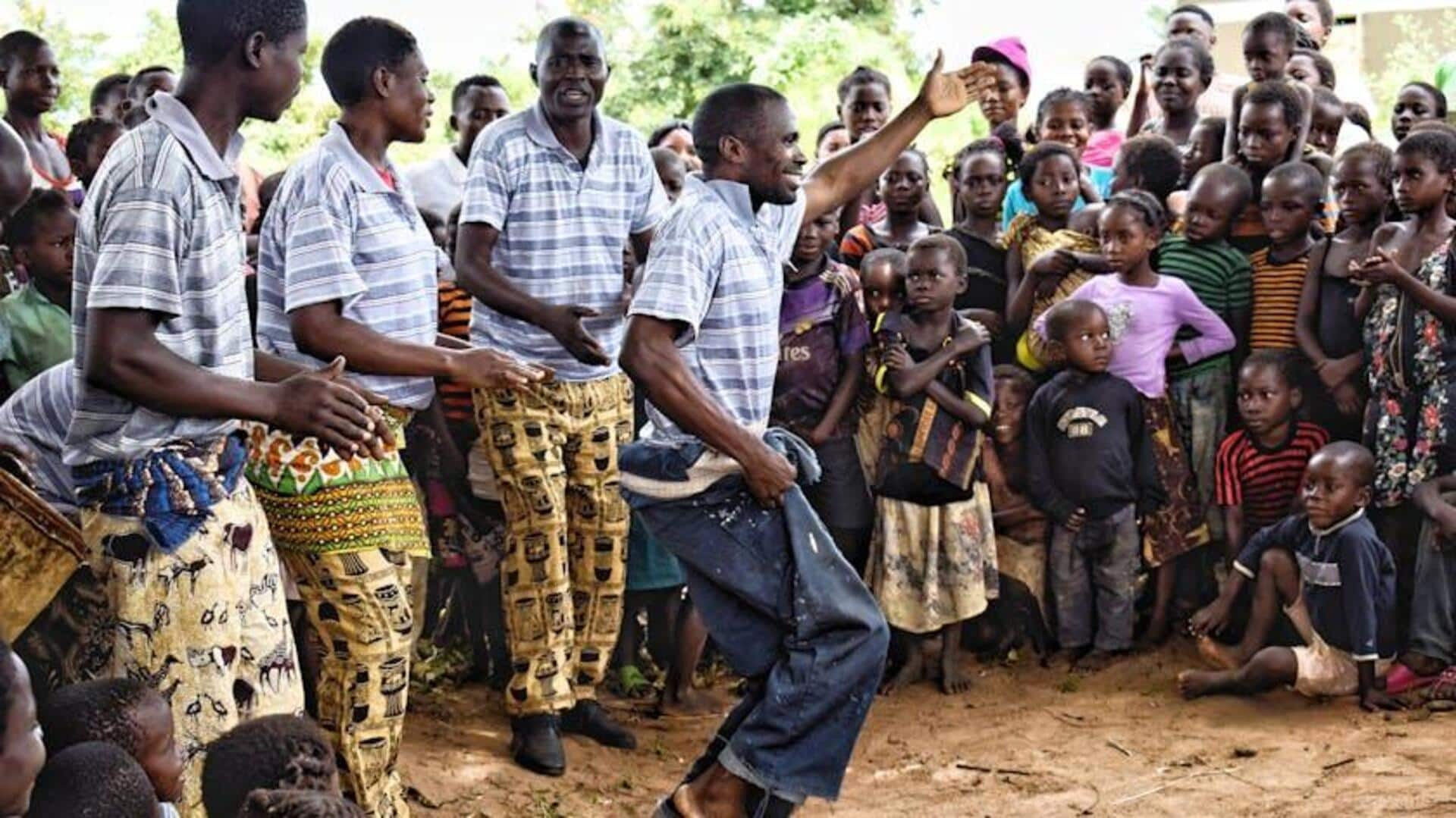
Exploring contemporary African dance evolution
What's the story
This article delves into the pulsating world of modern African dance, tracing its journey from traditional roots to contemporary dynamism. It's not just entertainment; it's a cultural heartbeat that tells stories, honors heritage, and brings communities together. Over time, it has absorbed diverse influences, giving birth to fresh styles that captivate both traditional and modern hearts.
Origins
The roots of African dance
African dances are not just art forms; they are an integral part of the continent's culture. They play a vital role in rites of passage, weddings, funerals, and harvest celebrations. Driven by complex rhythms, these dances differ from tribe to tribe, each unique in its expression. This diversity reflects the rich cultural tapestry of Africa.
Cross-pollination
Influence of globalization
Thanks to globalization, African dance has undergone a fascinating evolution, with artists infusing traditional movements with fresh, cross-cultural influences. They have skillfully merged African roots with modern genres like hip-hop, jazz, and ballet, giving birth to vibrant contemporary styles. This fusion has not only elevated the art form but also fostered a newfound global admiration for Africa's rhythmic heartbeat.
Showcases
Contemporary dance festivals in Africa
Several festivals throughout Africa, including South Africa's Dance Umbrella Festival and the pan-African Danse l'Afrique Danse!, are dedicated to contemporary dance. These platforms serve as a springboard for both new and established talent, and are instrumental in bringing contemporary African dance to the global stage. They not only celebrate the diversity of the art form, but also cultivate a sense of appreciation among international audiences.
Training grounds
Educational initiatives for dancers
Acknowledging that talent needs the right training to truly shine, many institutions across Africa are offering programs specifically tailored to contemporary dance. These range from professional schools like Ecole des Sables in Senegal, which emphasize both traditional and modern techniques. These initiatives guarantee that dancers receive a holistic education that honors tradition while fostering innovation.
Digital stage
The role of social media
Social media platforms are proving to be game-changers for dancers, allowing them to share their talent with the world like never before. Videos of contemporary African dances are becoming viral sensations, captivating audiences across the globe. This digital spotlight is doing wonders for African dance, showcasing its diversity and paving the way for exciting international collaborations for artists.